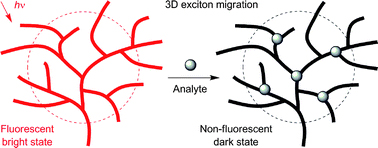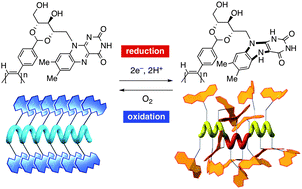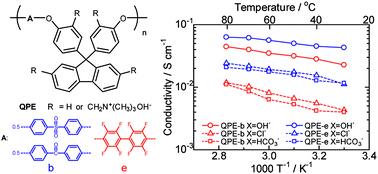 The outside front cover features a review by Maria Asplund, Tobias Nyberg and Olle Inganäs on Electroactive polymers for neural interfaces. This review addresses the possibilities conducting polymers offer for improving neural interfaces. The design and desirable properties of the polymer electrodes, to facilitate integration with the biological system, are also explored.
The outside front cover features a review by Maria Asplund, Tobias Nyberg and Olle Inganäs on Electroactive polymers for neural interfaces. This review addresses the possibilities conducting polymers offer for improving neural interfaces. The design and desirable properties of the polymer electrodes, to facilitate integration with the biological system, are also explored.

The review Polymer–protein conjugates: an enzymatic activity perspective by Marc A. Gauthier and Harm-Anton Klok is highlighted on the inside front cover. This review article describes the influence the parameters related to the polymer on the enzymatic activity of protein–polymer conjugates.
Keep up-to-date with all the latest news from Polymer Chemistry!















